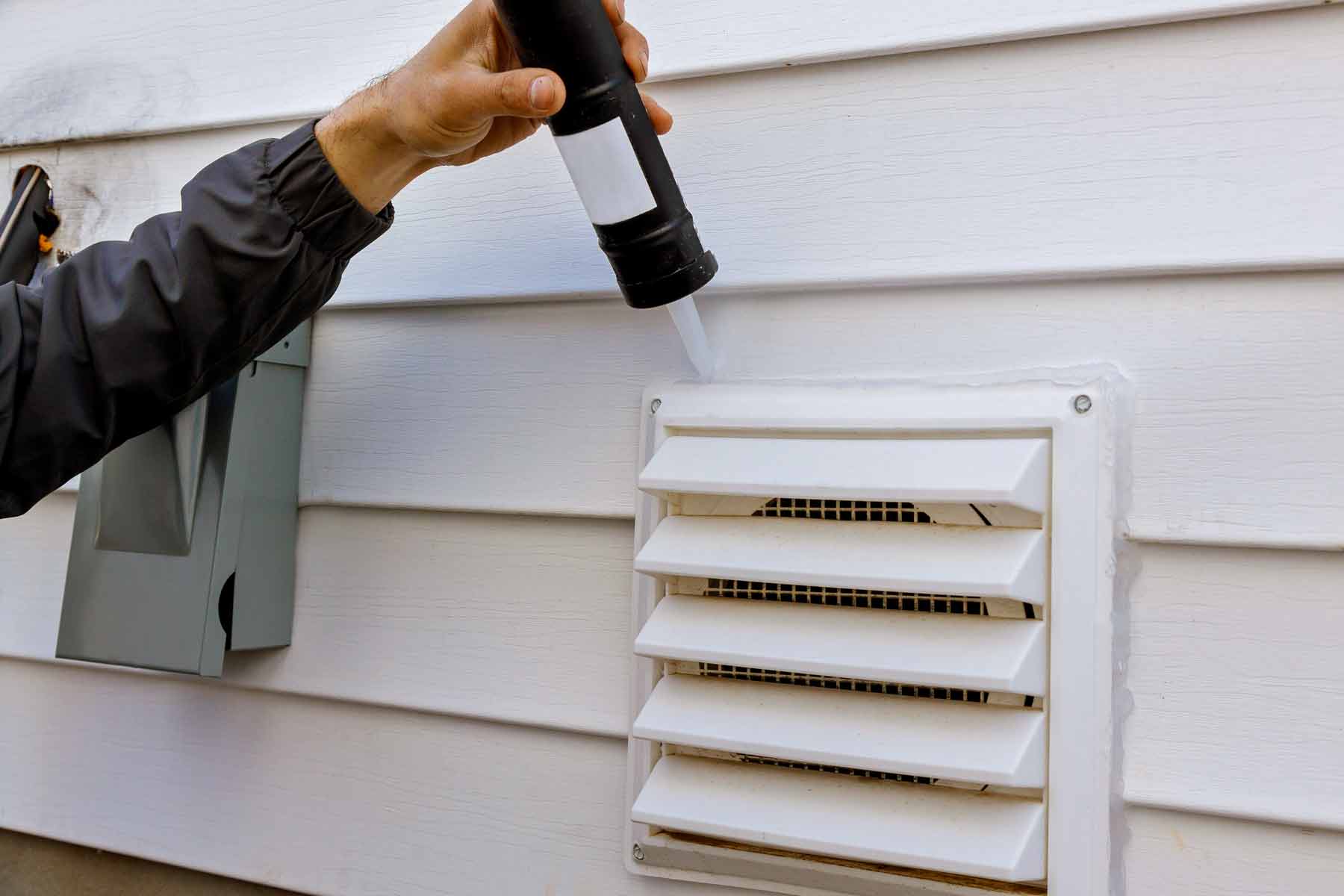

Articles
Where Is Dryer Vent Located
Modified: October 23, 2024
Learn all about where the dryer vent is located and why it's important. Read informative articles to ensure proper maintenance and safety for your dryer.
(Many of the links in this article redirect to a specific reviewed product. Your purchase of these products through affiliate links helps to generate commission for Storables.com, at no extra cost. Learn more)
Introduction
Have you ever wondered where the dryer vent is located in your home? Many people don’t give much thought to the location of their dryer vent until it becomes a problem. However, understanding the location of your dryer vent is crucial for several reasons. In this article, we will explore the importance of knowing the location of your dryer vent and discuss some of the common locations you might find it.
Before we dive into the details, let’s first understand why it’s essential to be aware of the dryer vent’s location in your home. The dryer vent plays a vital role in the overall performance and safety of your dryer. It is responsible for expelling hot, moist air and lint from the dryer to the outside of your home. If the vent is not correctly located or becomes obstructed, it can lead to a variety of issues.
One of the primary reasons for knowing the location of your dryer vent is to ensure proper ventilation. A blocked or poorly placed vent can result in reduced airflow, causing your dryer to work harder and less efficiently. This not only increases energy consumption but also prolongs drying times, ultimately affecting the lifespan of your appliance.
Additionally, a poorly located dryer vent can pose a fire hazard. Lint buildup within the vent can easily ignite, leading to a potentially dangerous situation. By knowing the location of your dryer vent, you can regularly inspect and clean it to prevent the accumulation of lint and reduce the risk of a dryer fire.
Moreover, understanding the location of your dryer vent can help you troubleshoot common problems. If your dryer is not drying clothes adequately or is emitting a burning smell, it could be due to a blocked or improperly located vent. By identifying the vent’s location, you can easily inspect and address any potential issues.
Now that we’ve established the importance of knowing the location of your dryer vent, let’s explore some of the common areas where you might find it in your home. Keep in mind that the specific location can vary depending on your house’s layout and the preferences of the builders or homeowners.
Key Takeaways:
- Properly locating your dryer vent is crucial for efficient drying, preventing fire hazards, saving energy, and protecting your home from damage. Regular maintenance and awareness of the vent’s location are essential for optimal performance.
- Common dryer vent locations include exterior walls, roofs, walls, utility rooms, and even garages. Understanding the benefits and considerations of each location can help you make informed decisions for your specific home setup.
Read more: Where Should A Plumbing Vent Be Located?
Importance of Knowing the Location of Dryer Vent
Understanding the location of your dryer vent is crucial for several reasons. Let’s delve into the importance of knowing where your dryer vent is located in your home.
Proper Ventilation: A correctly placed and unobstructed dryer vent ensures proper ventilation, allowing the hot, moist air and lint to escape to the outside of your home. A blocked or poorly located vent can restrict airflow, causing your dryer to work harder and less efficiently. This not only increases energy consumption but also prolongs drying times, leading to increased wear and tear on your appliance.
Prevention of Fire Hazards: Lint buildup within the dryer vent can be highly flammable. Blocked or poorly located dryer vents can restrict the airflow, causing hot air to accumulate and potentially ignite the lint. By knowing the location of your vent, you can regularly inspect and clean it to prevent the buildup of lint, reducing the risk of a dryer fire.
Efficient Drying Performance: The location of the dryer vent can impact the overall drying performance of your appliance. If the vent is too long, has too many bends, or is incorrectly placed, it can hinder the airflow, resulting in longer drying times and potentially damp clothes. Knowing the location of your vent allows you to ensure it is properly installed, maximizing the efficiency of your dryer.
Energy Savings: An incorrectly located dryer vent can cause your appliance to work harder to expel the hot air and lint. This leads to increased energy consumption and higher utility bills. By knowing the location of your vent, you can make any necessary adjustments to improve the efficiency of your dryer and reduce energy costs.
Prevention of Mold and Mildew: Improperly vented dryers can create a humid environment within your home, leading to the growth of mold and mildew. A correctly positioned vent helps to expel the moisture outside, reducing the risk of mold and improving indoor air quality.
Prevention of Damage to Your Home: If the dryer vent is not located properly, the moist air and lint can accumulate inside your home, leading to damage to walls, ceilings, and insulation. By knowing the location of your vent, you can ensure that the expelled air is directed outside the home, preventing potential costly repair issues.
Overall, knowing the location of your dryer vent is paramount for proper performance, energy efficiency, and safety. If you are unsure of where your vent is located or suspect any issues, it is advisable to consult a professional technician who can help you locate, inspect, and optimize your dryer vent to ensure optimal performance and peace of mind.
Common Locations for Dryer Vent
The location of the dryer vent can vary depending on the layout of your home and the preferences of the builders or homeowners. Here are some of the most common locations where you might find your dryer vent:
- Exterior Wall Vent: One of the most common locations for a dryer vent is through an exterior wall. This allows for easy access to the outside, ensuring that the hot air and lint are expelled safely. The vent is typically positioned a few feet above the ground to prevent debris or snow from obstructing the airflow.
- Roof Vent: In some cases, the dryer vent may be routed through the roof. This can be a convenient option if the laundry room is located on an upper floor or if there are space constraints on exterior walls. Roof vents are typically equipped with a weather cap to prevent rain or snow from entering the vent.
- Wall Vent: If your laundry room is located near an interior wall, the dryer vent may be directed through the wall instead of the exterior. This option is particularly common in multi-story buildings or homes with limited exterior wall access. The vent may be installed through a dedicated duct that runs inside the wall and ultimately connects to the outside.
- Utility Room Vent: In some homes, the dryer vent may be located within a utility room or a dedicated laundry area. Utility room vents are designed to provide an efficient and accessible route for venting the hot air and lint outside. These vents are typically installed near the dryer, ensuring a direct and short path to the exterior.
- Laundry Room Vent: Similar to the utility room vent, a laundry room vent is specifically designed for homes with a dedicated laundry space. The vent is placed strategically to provide a direct route for the air and lint to escape outside. This location ensures efficient venting while keeping the laundry area well-ventilated.
- Venting through a Window: In some cases, where traditional venting options are not feasible, such as in basement or apartment setups, a venting kit may allow you to vent your dryer through a window. These kits consist of a specialized window insert that accommodates the vent hose, allowing the hot air and lint to be expelled outside.
- Venting through the Garage: If your laundry room is located near or within the garage, the dryer vent may be directed through the garage wall. This option provides a convenient and discreet location for venting while still allowing for safe and efficient airflow. It is crucial to ensure that the garage is adequately ventilated to prevent the accumulation of fumes.
Remember that the specific location of your dryer vent can vary based on your home’s design and your specific setup. If you’re unsure about the location of your dryer vent, consult a professional technician who can assess your setup and help ensure that your dryer vent is installed correctly.
Exterior Wall Vent
One of the most common locations for a dryer vent is through an exterior wall. This method of venting allows for efficient and safe removal of hot air and lint from your dryer. Let’s take a closer look at the exterior wall vent and its features:
Location: The exterior wall vent is typically positioned on an exterior wall of your home, close to the laundry room or wherever the dryer is located. The vent is strategically placed a few feet above the ground to prevent debris, snow, or water from entering and obstructing the airflow.
Installation: To install an exterior wall vent, a hole is made through the wall where the dryer vent duct is connected. The vent hood, or cap, is then fastened to the outside wall, covering the hole and providing an outlet for the hot air and lint. The vent hood is designed to prevent rain or other elements from entering the vent while allowing for proper airflow.
Duct Material: The dryer vent duct used for exterior wall vents is typically made of rigid or flexible aluminum, galvanized steel, or PVC pipe. The material chosen depends on the specific installation requirements and local building codes. It’s important to use a high-quality vent duct that is resistant to heat and moisture to ensure optimal performance and longevity.
Benefits: Venting through an exterior wall offers several benefits. Firstly, it provides a direct route for the hot air and lint to escape outside, preventing the buildup of moisture and lint in your home. This helps to mitigate the risk of mold, mildew, and fire hazards. Secondly, exterior wall vents are easily accessible for regular maintenance and cleaning, ensuring optimal airflow and reducing the risk of dryer malfunctions.
Maintenance: It’s important to regularly clean the exterior wall vent to prevent lint buildup that can hinder airflow and increase the risk of a dryer fire. Remove the vent hood and use a brush or vacuum to clear out any lint or debris that may have accumulated. Additionally, inspect the vent regularly for signs of damage or obstruction, ensuring it remains in good working condition.
Tips: When installing an exterior wall vent, make sure the vent hood is securely attached to the wall, providing a weatherproof seal. Choose a vent hood with a backdraft damper to prevent cold air or pests from entering when the dryer is not in use. It’s also crucial to route the vent duct through the shortest and most direct path possible to maximize airflow efficiency.
Overall, an exterior wall vent is an efficient and commonly used location for dryer venting. It provides a convenient and safe way to expel hot air and lint from your dryer while maintaining optimal performance and safety. Regular maintenance and proper installation will ensure that your exterior wall vent operates effectively, prolonging the lifespan of your dryer and enhancing its efficiency.
Roof Vent
Venting a dryer through the roof is a common alternative when exterior wall venting is not feasible. Roof vents offer a practical and efficient solution for directing hot air and lint from the dryer to the outside of your home. Let’s explore the features and benefits of a roof vent:
Location: The roof vent is typically installed on the roof of your home, positioned above the laundry area or wherever the dryer is located. This location allows for a direct route for the hot air and lint to escape while maintaining the integrity of your home’s exterior.
Installation: Installing a roof vent requires cutting a hole in the roof to accommodate the vent opening. The vent hood, or cap, is then attached to the opening, providing an outlet for the hot air and lint. It’s crucial to ensure that the roof vent is properly sealed to prevent leaks and damage to your roof.
Duct Material: The duct used for roof vents is typically made of rigid or flexible aluminum, galvanized steel, or PVC pipe. The choice of material depends on the specific installation requirements and building codes in your area. It’s essential to use a durable and heat-resistant vent duct to ensure proper ventilation and prevent any hazards.
Benefits: Roof vents offer several advantages. Firstly, they allow for efficient and direct ventilation of hot air and lint from the dryer, preventing the buildup of moisture and lint in your home. Secondly, roof vents minimize the risk of pests entering the vent and nesting in the duct, as the vent is located above ground level. Additionally, venting through the roof can be an ideal solution if the laundry area is situated on an upper floor or if there are limitations for exterior wall venting.
Maintenance: Regular maintenance of your roof vent is essential to ensure its proper functioning and prevent blockages. It’s crucial to periodically check the vent hood and remove any debris, such as leaves or bird nests, that may obstruct the airflow. Additionally, inspect the duct for any signs of damage or leakage and address any issues promptly to maintain the efficiency of your dryer vent.
Tips: When installing a roof vent, it’s important to ensure proper waterproofing and sealing around the vent opening to prevent leaks and water damage. Consider using a vent hood with a backdraft damper to prevent cold air from entering the duct when the dryer is not in use. Additionally, be cautious when accessing the roof for maintenance or cleaning, and follow safety guidelines to prevent accidents.
Overall, a roof vent offers an effective solution when exterior wall venting is not possible. Proper installation and regular maintenance will ensure optimal performance, longevity, and safety of your dryer vent system. If you are unsure about installing or maintaining your roof vent, it’s advisable to consult with a professional technician to ensure proper installation and adherence to local building codes.
Read more: Where Is The Façade Located
Wall Vent
A wall vent is a common alternative for dryer venting when exterior wall or roof venting is not feasible. It provides a convenient and efficient solution for directing hot air and lint from the dryer to the outside of your home. Let’s explore the features and benefits of a wall vent:
Location: A wall vent is typically installed on an interior wall of your home, near the laundry area or wherever the dryer is located. This location allows for a direct route for the hot air and lint to escape while keeping the venting system concealed within the walls.
Installation: Installing a wall vent involves cutting a hole through the interior wall to create an opening for the vent duct. The vent hood, or cap, is then attached to the exterior wall to provide an outlet for the hot air and lint. It’s essential to properly seal the vent connection to prevent any air leakage or water intrusion from outside.
Duct Material: The vent duct used for wall vents is typically made of rigid or flexible aluminum, galvanized steel, or PVC pipe. The choice of material depends on the specific requirements of your installation and local building codes. It’s important to use a duct that is durable, heat-resistant, and compatible with the dryer exhaust system.
Benefits: Wall vents offer several advantages. Firstly, they provide an efficient and discreet solution for dryer venting, as the vent remains concealed within the interior walls. This can be particularly beneficial in multi-story buildings or homes with limited exterior wall access. Secondly, wall vents offer easy access for regular maintenance and cleaning, ensuring optimal airflow and preventing potential dryer malfunctions.
Maintenance: Regular maintenance of your wall vent is crucial to ensure its proper functioning and prevent any blockages. Inspect the vent hood periodically and remove any lint or debris that may accumulate on the exterior. It’s also important to clean the vent duct regularly to prevent the buildup of lint, which can obstruct airflow and increase the risk of a dryer fire.
Tips: When installing a wall vent, ensure that the vent hood is securely attached to the exterior wall, providing a weatherproof seal. It’s important to choose a vent hood with a backdraft damper to prevent cold air or pests from entering the duct when the dryer is not in use. Additionally, route the vent duct through the shortest and most direct path possible to maximize airflow efficiency.
Overall, a wall vent offers a practical and efficient solution for dryer venting in situations where exterior wall or roof venting is not possible. Proper installation and regular maintenance will ensure that your wall vent operates effectively, prolonging the lifespan of your dryer and enhancing its efficiency. If you are unsure about installing or maintaining your wall vent, consider consulting with a professional technician to ensure a correct and code-compliant installation.
The dryer vent is typically located on the outside of your home, often on the side or back. Look for a vent cover with a flap that opens when the dryer is running. Regularly check and clean the vent to prevent lint buildup and potential fire hazards.
Utility Room Vent
A utility room vent is a common and practical option for venting dryers in homes with dedicated utility rooms or laundry areas. This type of venting allows for efficient and effective removal of hot air and lint from the dryer. Let’s explore the features and benefits of a utility room vent:
Location: The utility room vent is typically located within or near the utility room, where the dryer is situated. This location ensures a direct and short path for the hot air and lint to exit the living area and be expelled outside the home.
Installation: Installing a utility room vent involves connecting a vent duct from the dryer to an exterior wall, roof, or crawl space, depending on the specific design of the home. The vent hood or cap is then installed on the exterior to provide an outlet for the hot air and lint. It’s crucial to ensure a secure and airtight connection between the vent duct and the vent hood to prevent any leaks or obstructions.
Duct Material: The vent duct used for utility room vents is typically made of rigid or flexible aluminum, galvanized steel, or PVC pipe. The choice of material depends on local building codes and the specific setup of your utility room. It’s important to select a durable and heat-resistant vent duct that is compatible with the dryer exhaust system.
Benefits: Utility room vents offer several benefits. Firstly, they provide a dedicated and efficient pathway for hot air and lint removal, reducing the risk of moisture and lint accumulation within the living spaces. This helps to prevent mold growth and maintains good indoor air quality. Secondly, utility room vents make it easier to access and maintain the venting system, ensuring proper airflow and minimizing the risk of dryer malfunctions.
Maintenance: Regular maintenance of your utility room vent is crucial to ensure its optimal performance. Routinely inspect the vent duct for any signs of damage or obstructions. Clean the vent duct regularly to prevent lint buildup, which can reduce airflow and increase the risk of a dryer fire. Additionally, check the vent hood and remove any debris that may accumulate on the exterior to ensure proper airflow.
Tips: When installing a utility room vent, ensure that the vent duct is properly routed and insulated to prevent heat loss and condensation. Consider using a vent hood with a backdraft damper to prevent cold air from entering the duct when the dryer is not in use. Additionally, it’s important to periodically check the vent connection for any signs of leakage or loosening.
Overall, a utility room vent provides an efficient and practical solution for venting dryers in homes with dedicated utility rooms. Proper installation and regular maintenance will ensure that your utility room vent operates effectively, prolonging the lifespan of your dryer and enhancing its efficiency. If you are unsure about installing or maintaining your utility room vent, it is recommended to consult with a professional technician for guidance and assistance.
Laundry Room Vent
A laundry room vent is a common and practical option for venting dryers in homes with dedicated laundry areas. This type of venting provides an efficient and effective pathway for hot air and lint to be expelled from the dryer to the outside of your home. Let’s explore the features and benefits of a laundry room vent:
Location: The laundry room vent is typically located within or near the laundry room, where the dryer is positioned. This location ensures a direct and short path for the hot air and lint to exit the laundry area and be vented outside.
Installation: Installing a laundry room vent involves connecting a vent duct from the dryer to an exterior wall, roof, or crawl space, depending on the design and layout of your home. A vent hood or cap is then installed on the exterior to provide an outlet for the hot air and lint. It’s important to ensure a proper and secure connection between the vent duct and the vent hood to prevent leaks or obstructions.
Duct Material: The vent duct used for laundry room vents is typically made of rigid or flexible aluminum, galvanized steel, or PVC pipe. The choice of material depends on local building codes and the specific requirements of your laundry room. It’s important to choose a durable and heat-resistant vent duct that is compatible with the dryer exhaust system.
Benefits: Laundry room vents offer several benefits. Firstly, they provide a dedicated and efficient pathway for hot air and lint removal, preventing moisture and lint buildup in the laundry area. This helps to maintain a clean and healthy environment and prolong the lifespan of your dryer. Secondly, laundry room vents ensure proper ventilation, reducing the risk of mold, mildew, and odor problems associated with improper venting.
Maintenance: Regular maintenance of your laundry room vent is essential to ensure its optimal performance. Regularly inspect the vent duct for any signs of damage or obstructions. Clean the vent duct periodically to remove lint buildup, which can obstruct airflow and increase the risk of a dryer fire. Additionally, check the vent hood and remove any debris that may accumulate on the exterior to ensure proper airflow.
Tips: When installing a laundry room vent, ensure that the vent duct is properly routed to provide a direct and efficient pathway for venting. Consider using a vent hood with a backdraft damper to prevent cold air from entering the duct when the dryer is not in use. Additionally, periodically check the vent connection to ensure it remains secure and airtight.
Overall, a laundry room vent provides a practical and efficient solution for venting dryers in homes with dedicated laundry areas. Proper installation and regular maintenance will ensure that your laundry room vent operates effectively, prolonging the lifespan of your dryer and enhancing its efficiency. If you are unsure about installing or maintaining your laundry room vent, it is advisable to consult with a professional technician for guidance and assistance.
Venting Through Window
Venting a dryer through a window is a practical option when traditional venting methods are not available or feasible. This method allows for the efficient removal of hot air and lint from the dryer to the outside of your home. Let’s explore the features and benefits of venting through a window:
Location: Venting through a window involves installing a specialized venting kit that allows the dryer vent hose to be routed through a window opening. This method is commonly used in basement or apartment setups where other venting options may be limited.
Installation: To vent through a window, a window insert is first installed in the window opening. This insert is designed to accommodate the vent hose securely while maintaining a seal around the window to prevent air leakage. The vent hose is then connected to the dryer and routed through the window insert, providing a pathway for the hot air and lint to escape outside.
Accessibility: Venting through a window offers easy access for installation, maintenance, and removal. The window insert can be easily installed or removed as needed, allowing for flexibility and convenience.
Benefits: Venting through a window offers several benefits. Firstly, it provides a simple and affordable solution for homes without access to exterior walls or roof vents. This makes it ideal for situations where traditional venting methods are not possible. Secondly, venting through a window allows for proper ventilation, ensuring the hot air and lint are safely expelled from the dryer, reducing the risk of moisture buildup and potential fire hazards.
Flexibility: Venting through a window provides flexibility in terms of dryer placement. You can position the dryer in various areas of your home, as long as it is near a window. This allows for convenient installation, especially in spaces where a dedicated laundry area is not available.
Maintenance: It’s important to regularly clean the vent hose and the window insert to remove lint or debris that may accumulate over time. Additionally, inspect the window insert and the sealing around it to ensure there are no air leaks or damage that could compromise the venting efficiency.
Tips: When venting through a window, make sure to use a venting kit specifically designed for this purpose. Ensure the window insert is properly sealed to prevent any air leakage. It’s also important to position the dryer near the window to minimize the length of the vent hose and maximize the venting efficiency.
Overall, venting a dryer through a window provides a practical alternative for homes without access to traditional venting methods. It offers a straightforward and cost-effective solution for safely expelling hot air and lint from the dryer. If you choose this method, be sure to follow the manufacturer’s instructions for the venting kit and regularly maintain the vent hose and window insert to ensure optimal performance.
Read more: Where Does The Dryer Vent Go
Venting Through Garage
Venting a dryer through the garage is a practical option for homes where traditional venting methods are not feasible or preferred. This method allows for the efficient removal of hot air and lint from the dryer to the outside of your home. Let’s explore the features and benefits of venting through the garage:
Location: Venting through the garage involves routing the dryer vent duct through the garage wall to the exterior. This method is commonly used when the laundry area is located near or within the garage, making it convenient and discreet.
Installation: To vent through the garage, a hole is made in the garage wall to accommodate the vent duct. The vent hood or cap is then installed on the exterior to provide an outlet for the hot air and lint. It’s important to properly seal the vent connection to prevent any air leakage into the garage.
Duct Material: The vent duct used for garage venting is typically made of rigid or flexible aluminum, galvanized steel, or PVC pipe. The choice of material depends on local building codes and the specific requirements of your setup. It’s important to use a durable and heat-resistant vent duct that is compatible with the dryer exhaust system.
Benefits: Venting through the garage offers several advantages. Firstly, it offers a discreet and hidden venting solution, as the dryer vent is not visible from the exterior of the house. This can be particularly beneficial for aesthetic reasons or in situations where exterior venting is not possible. Secondly, garage venting allows for convenient access to the dryer vent system for maintenance and cleaning.
Proper Ventilation: It’s important to ensure proper ventilation within the garage when venting a dryer through it. The garage should have adequate ventilation to prevent the accumulation of fumes or gases from the dryer exhaust. If necessary, consider installing additional ventilation or using a vent hood with a backdraft damper to prevent fumes from entering back into the garage.
Maintenance: Regular maintenance is essential to ensure the efficiency and safety of a garage vent. Inspect the vent duct and the vent hood regularly for any signs of damage or blockages. Clean the vent duct periodically to remove any lint or debris that may accumulate, reducing the risk of a dryer fire.
Tips: When installing a garage vent, ensure that the vent duct is properly sealed to prevent any air leakage. Consider using a vent hood with a backdraft damper to prevent cold air or pests from entering the duct when the dryer is not in use. Additionally, periodically check the vent connection to ensure it remains secure and airtight.
Overall, venting a dryer through the garage provides a practical solution for homes where traditional venting methods may not be possible or desirable. Proper installation and regular maintenance will ensure that your garage vent operates effectively, prolonging the lifespan of your dryer and enhancing its efficiency. If you have any doubts about the installation or maintenance process, consult with a professional technician for guidance and assistance.
Conclusion
Knowing the location of your dryer vent is crucial for several reasons. Understanding where your dryer vent is located helps to ensure proper ventilation, prevent fire hazards, improve drying performance, save energy, prevent mold and mildew, and protect your home from damage. By being aware of the vent’s location, you can take proactive measures to maintain its efficiency and safety.
Common locations for dryer vents include exterior walls, roofs, walls, utility rooms, laundry rooms, windows, and even garages. Each location has its benefits and considerations, depending on the layout and design of your home.
Exterior wall vents are one of the most common locations, providing easy access to the outside for safe venting. Roof vents offer a solution when exterior wall venting is not possible, especially in multi-story buildings or homes with limited exterior wall access. Wall vents are ideal for houses with interior walls near the laundry area, providing a discreet pathway for venting. Utility room vents are specifically designed for homes with dedicated utility rooms, ensuring efficient and accessible venting. Laundry room vents offer a direct route for expelling hot air and lint while keeping the laundry area well-ventilated.
In some situations, venting through a window or garage may be necessary for homes lacking traditional venting options. Venting through a window provides a simple and affordable solution for basements or apartments, while venting through a garage offers a discreet option for homes with the laundry area located near or within the garage.
In conclusion, understanding the location of your dryer vent is essential for the proper functioning, safety, and efficiency of your dryer. By knowing where your vent is located and regularly maintaining it, you can prevent potential issues, improve drying performance, and increase the lifespan of your appliance. If you’re unsure of your vent’s location or facing any venting challenges, it’s recommended to consult with a professional technician who can provide guidance and assistance tailored to your specific situation.
Frequently Asked Questions about Where Is Dryer Vent Located
Was this page helpful?
At Storables.com, we guarantee accurate and reliable information. Our content, validated by Expert Board Contributors, is crafted following stringent Editorial Policies. We're committed to providing you with well-researched, expert-backed insights for all your informational needs.
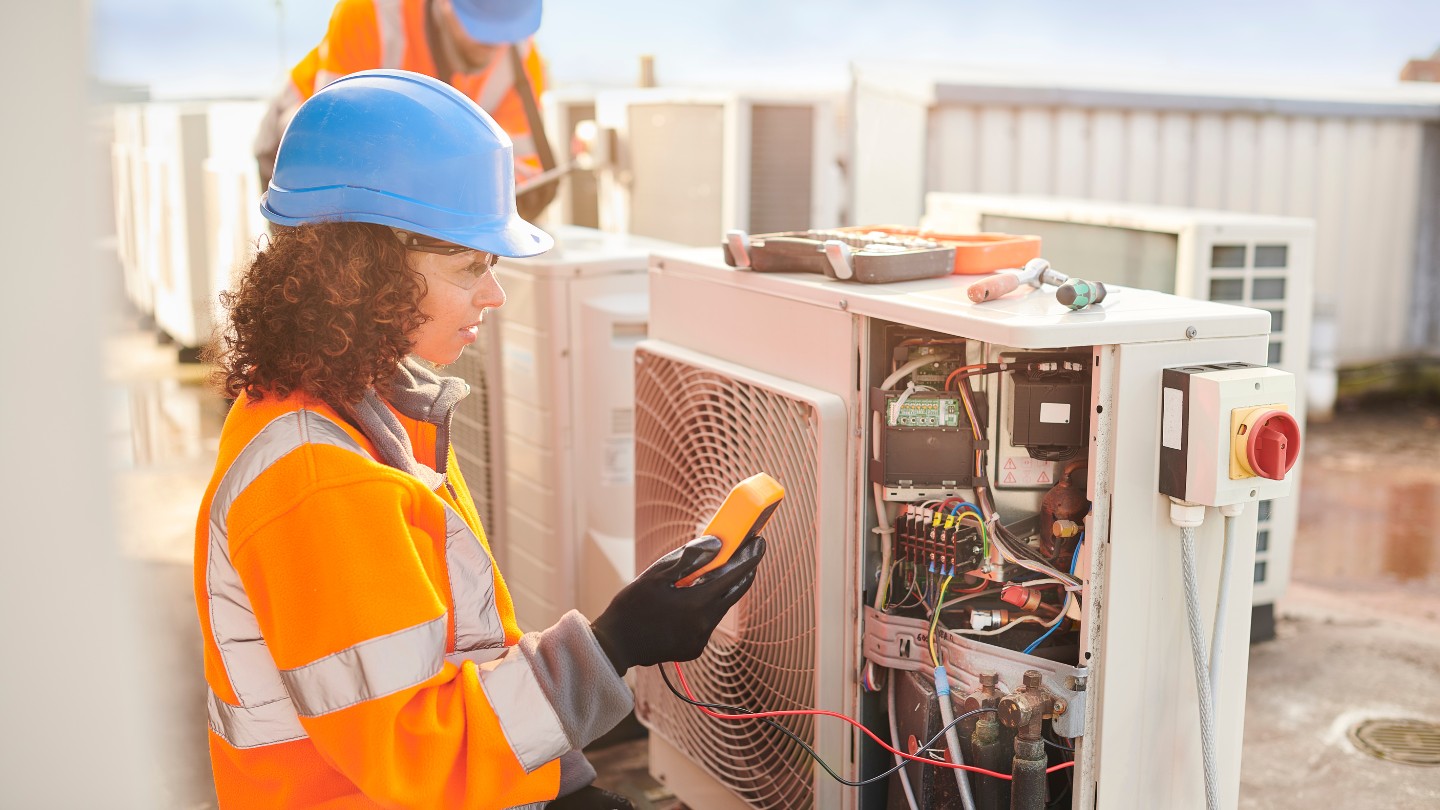
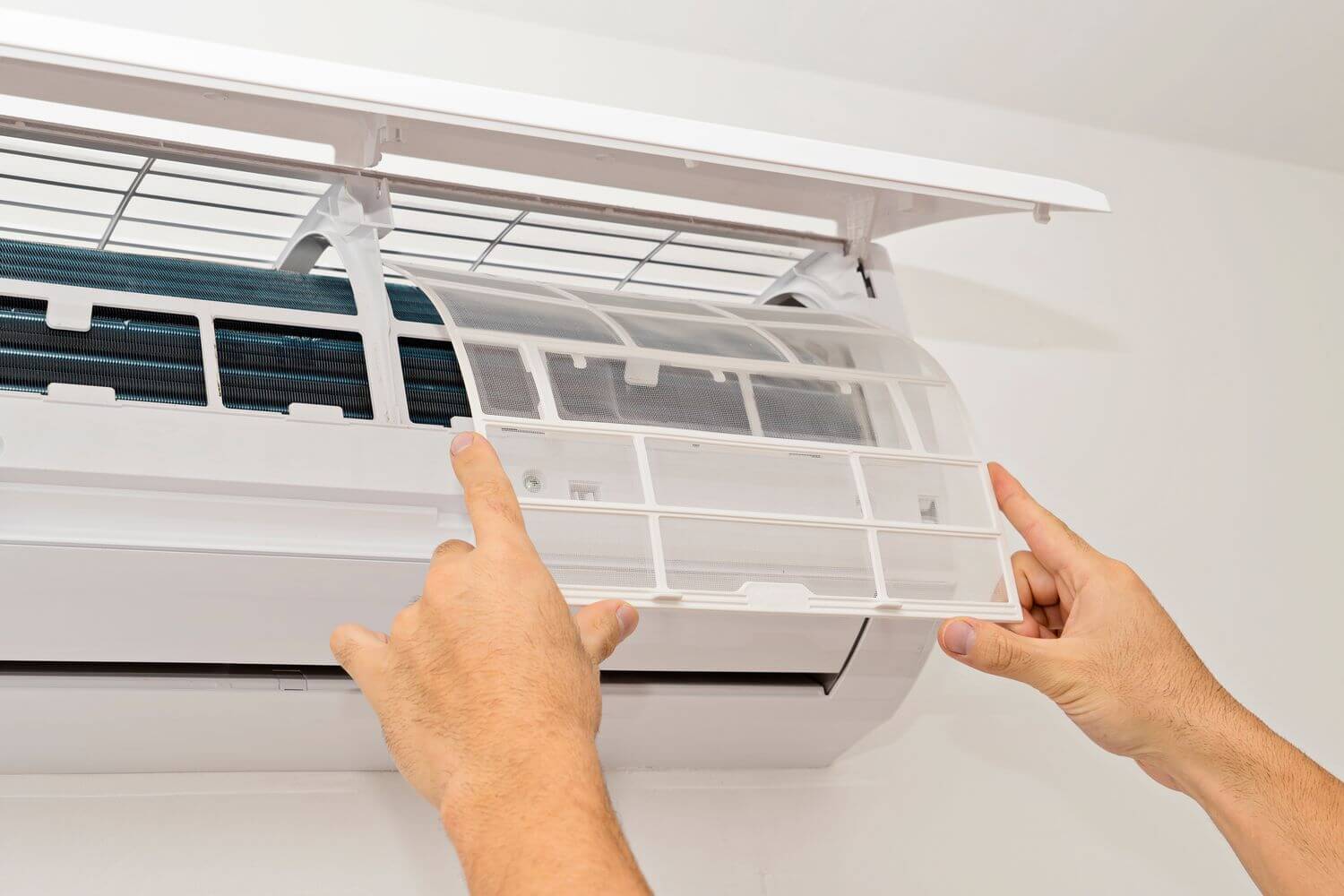
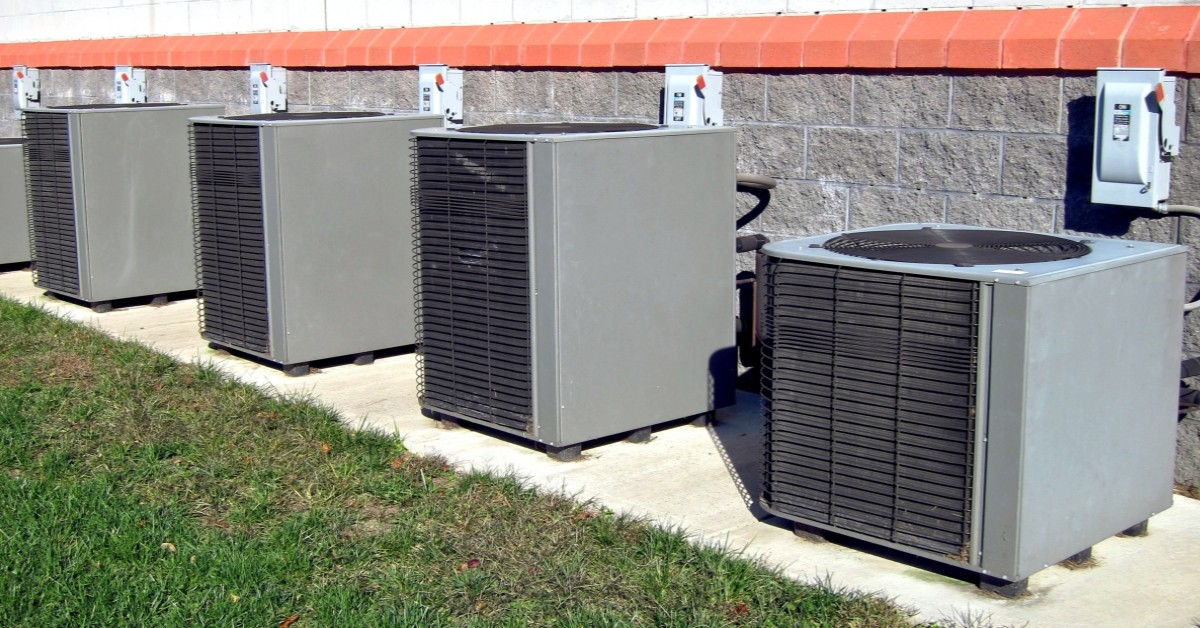
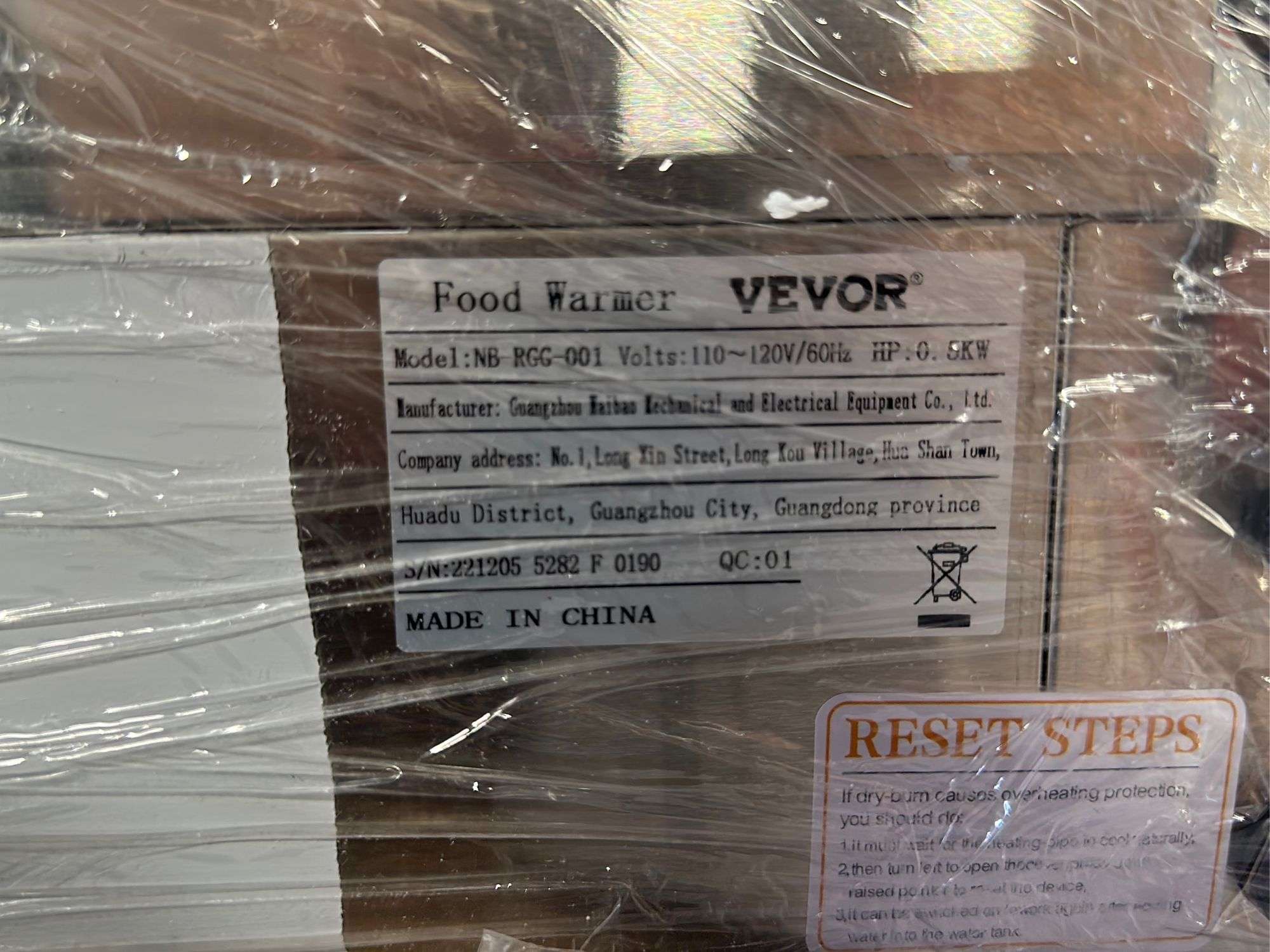
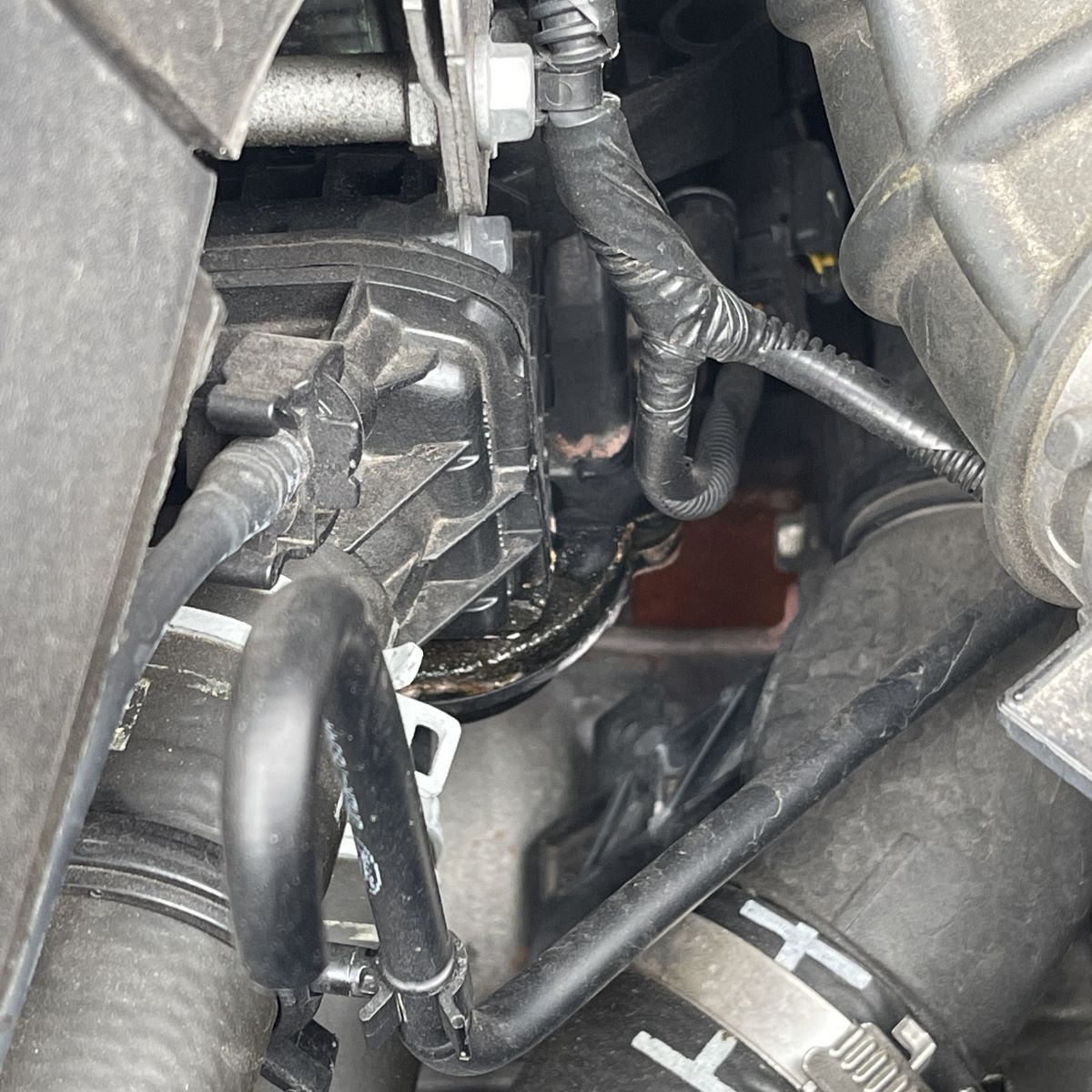
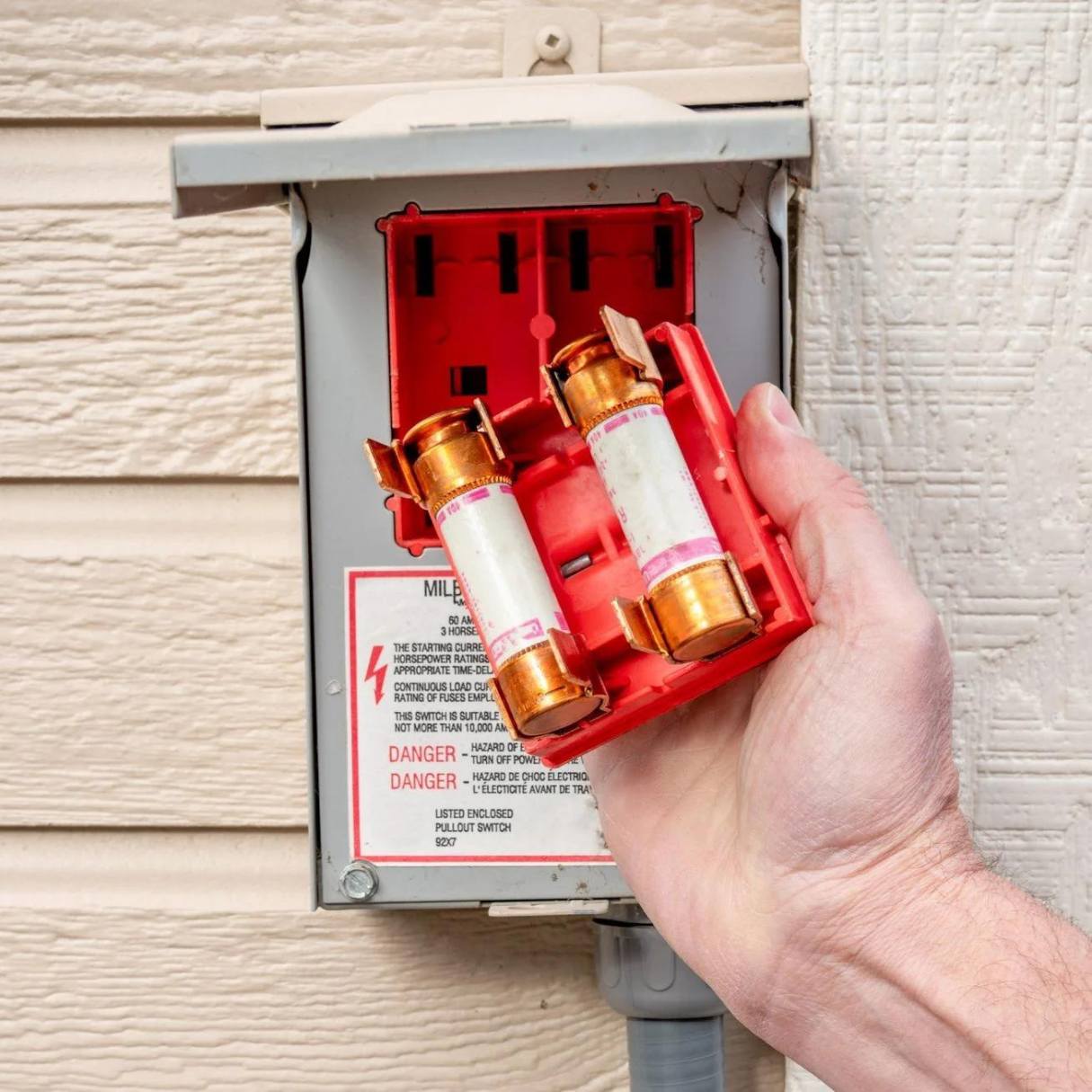
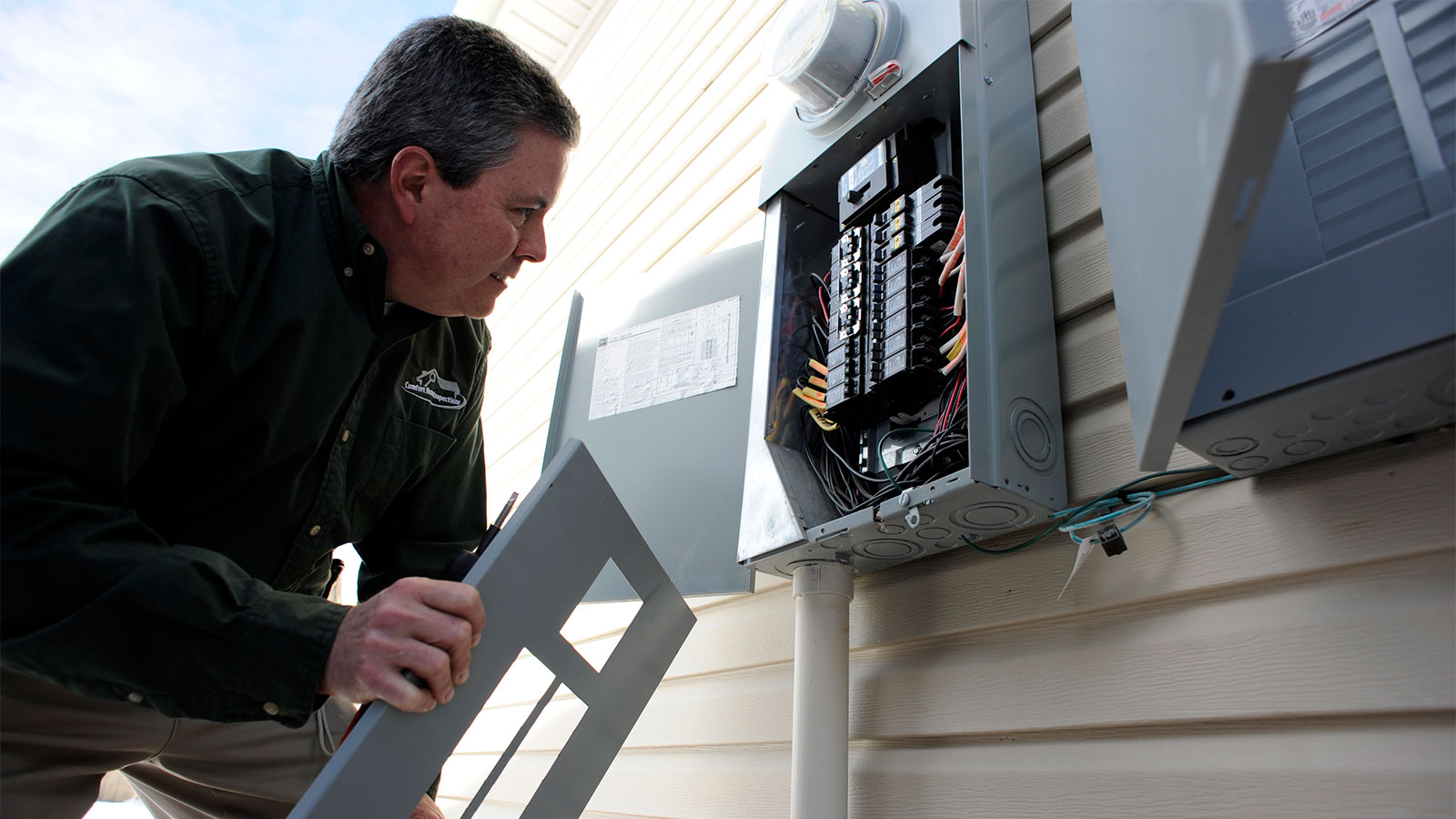
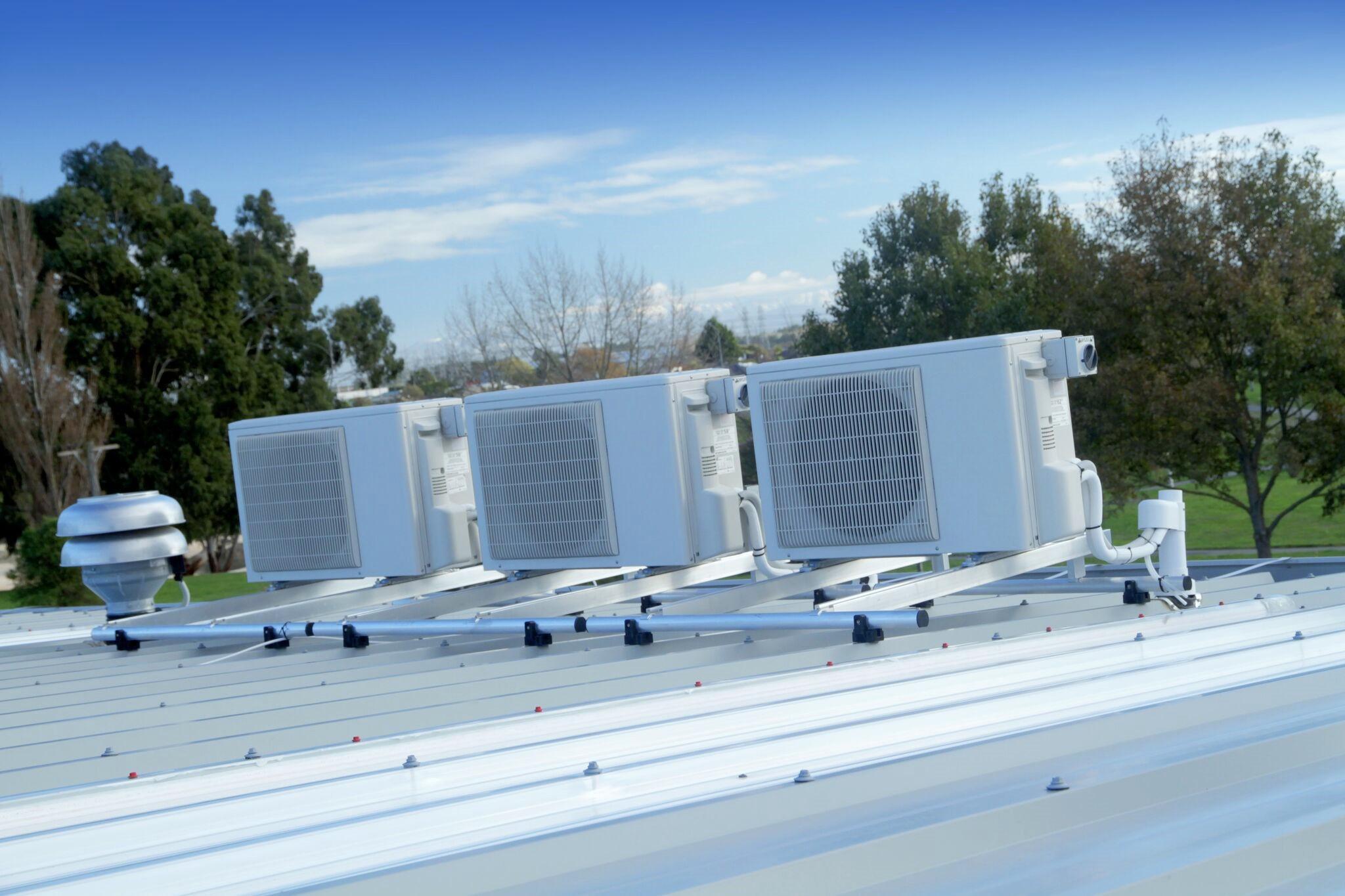
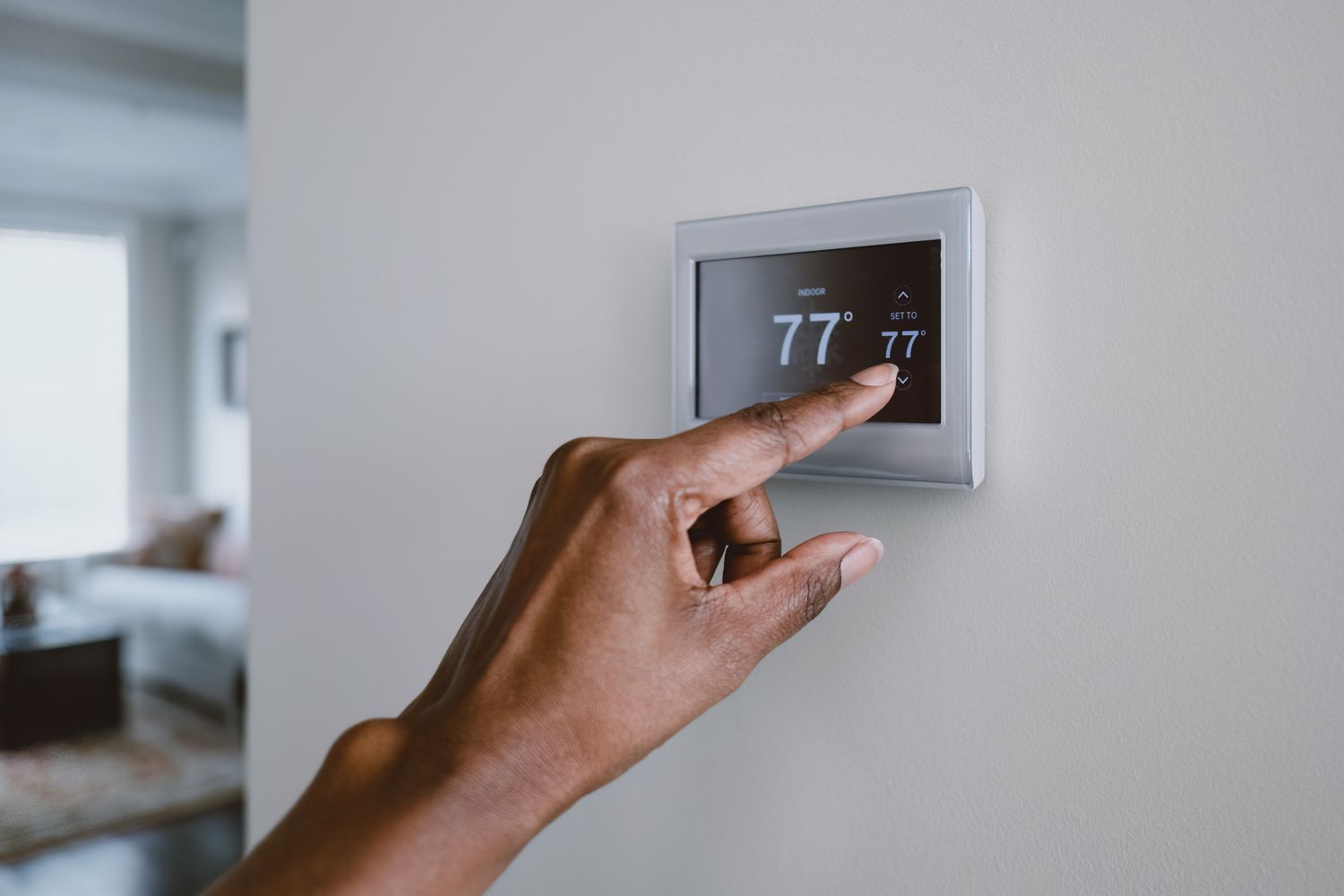
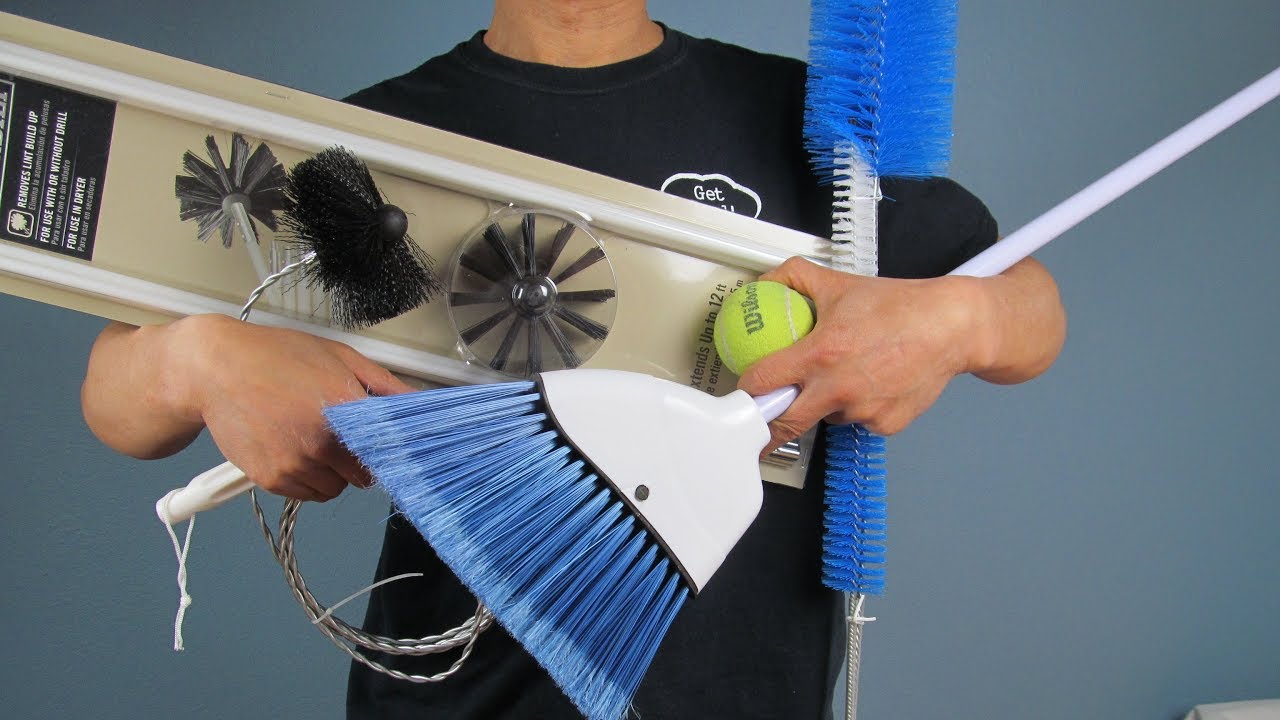
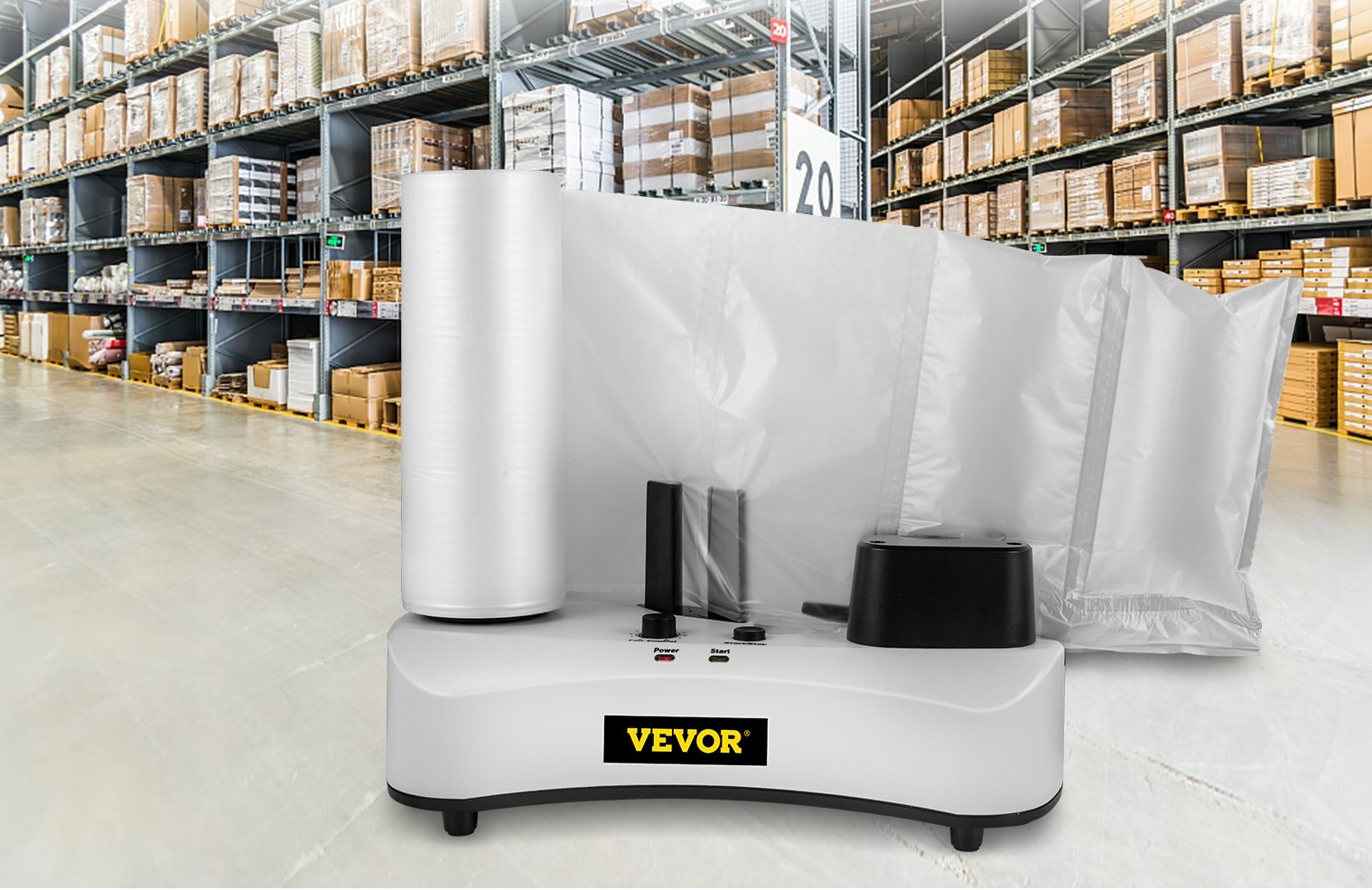
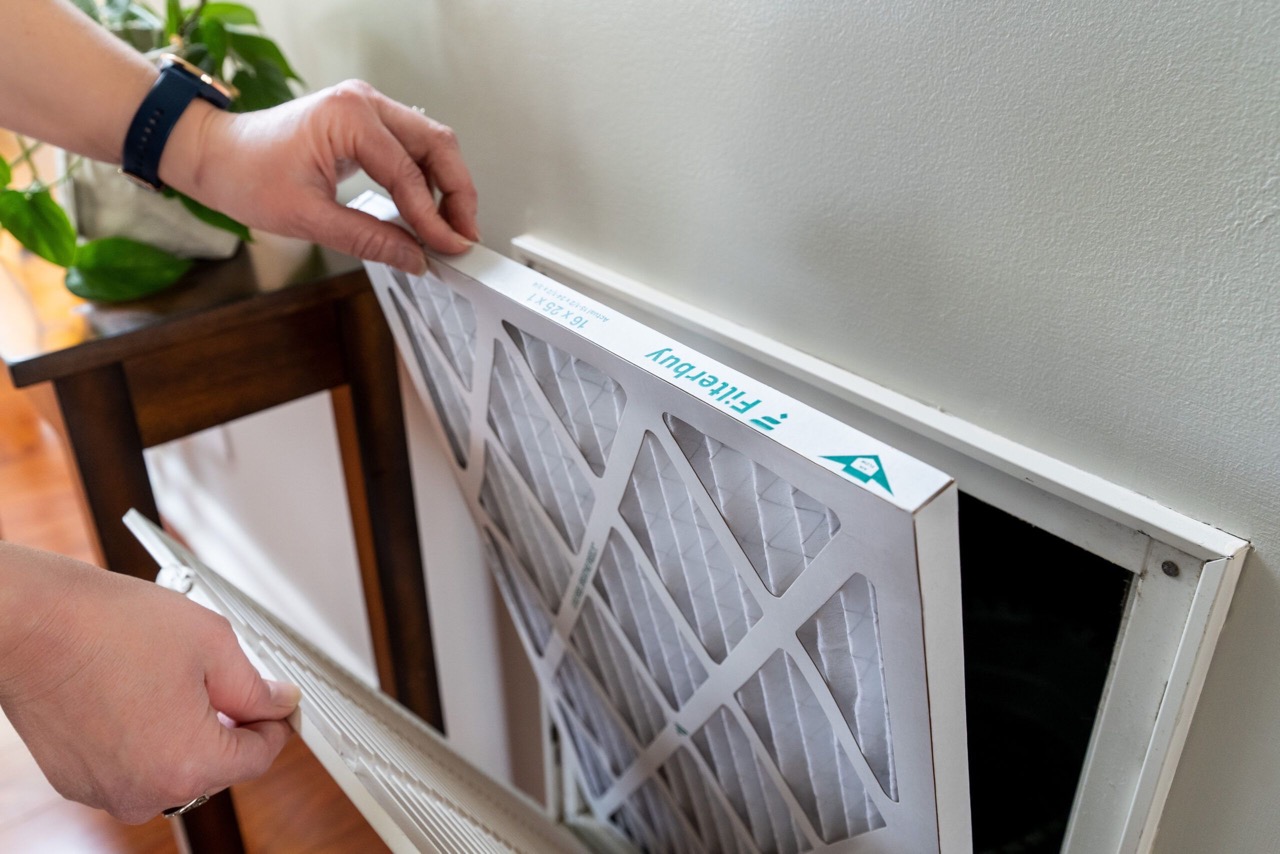


0 thoughts on “Where Is Dryer Vent Located”